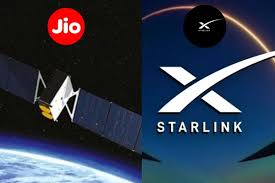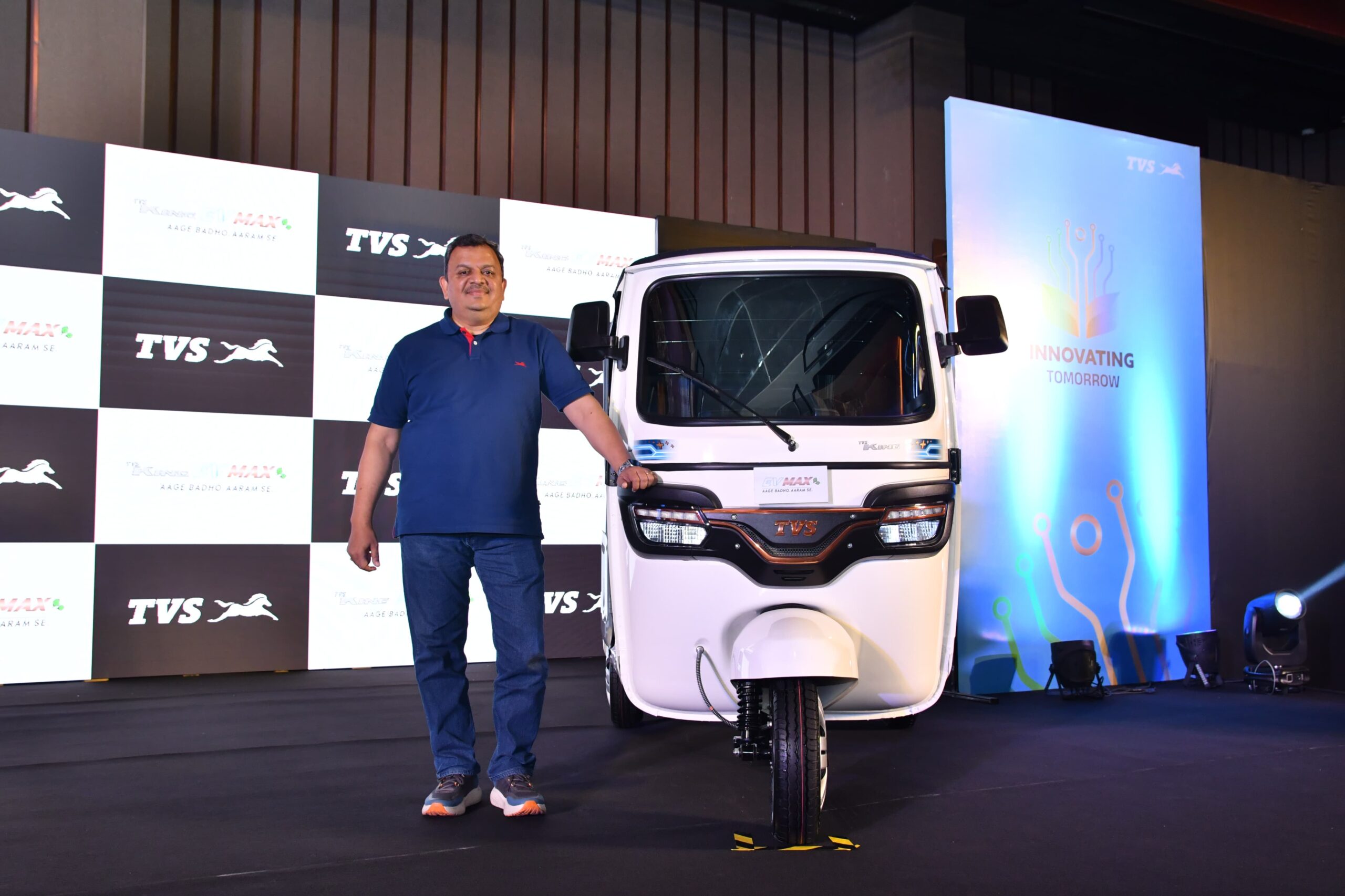The intensifying competition between tech titans Elon Musk and Mukesh Ambani is set to revolutionize India’s burgeoning internet ecosystem. With Musk’s Starlink inching closer to launching its satellite broadband services in India, Ambani’s Reliance Jio, the country’s largest telecom provider, faces an unprecedented challenge. A significant development occurred when the Indian government decided to administratively allocate spectrum for satellite broadband, circumventing Ambani’s push for an auction system that could have delayed Starlink’s entry. This rivalry not only highlights the dynamic nature of India’s internet market but also heralds potential benefits for Indian consumers, paving the way for enhanced services and competitive pricing.
The Growing Indian Internet Market: Opportunities for Consumers
India’s telecom sector is undergoing rapid expansion, as illustrated in the 2023-2024 annual report by the Telecom Regulatory Authority of India (TRAI). The report indicates that overall tele-density in India increased from 84.51% at the end of March 2023 to 85.69% by March 2024, representing a growth rate of 1.39%. The surge in internet users is particularly noteworthy, with total internet subscribers rising by 7.3 crore, from 88.1 crore in March 2023 to 95.4 crore by March 2024—an impressive growth rate of 8.30%. This significant expansion underscores the vast potential of India’s internet market and highlights the opportunity for improved services.
Broadband services have been a crucial driver of this growth, with the number of broadband subscribers increasing from 84.6 crore to 92.4 crore, reflecting a robust growth rate of 9.15% and adding 7.8 crore new subscribers. Wireless data usage also witnessed a remarkable rise, with consumption increasing from 1,60,054 petabytes (PB) in 2022-2023 to 1,94,774 PB in 2023-2024, marking a growth rate of 21.69%. Despite these advancements, internet penetration remains a challenge, standing at 52.4% in early 2024, leaving numerous users—especially in rural and remote areas—without access to high-speed connectivity.
The ongoing growth creates ripe opportunities for companies like Starlink to make a significant impact. Musk’s satellite internet venture has the potential to bridge the gap in underserved areas lacking fiber-based broadband services. However, Reliance Jio maintains its dominance, holding a 30% market share in India’s wired broadband sector. As the competition escalates between Starlink and Jio, both companies will be compelled to innovate and enhance their service offerings to capture the expanding market, ultimately benefiting consumers.
Musk’s Starlink: Pioneering Change in India
Elon Musk’s Starlink, a division of SpaceX, has made remarkable advancements in global satellite internet services, operating with 6,400 active satellites and serving over 4 million customers worldwide. Musk’s aspirations to launch Starlink in India have encountered regulatory challenges, including delays in obtaining permits and opposition from competitors like Reliance Jio.
However, a crucial victory for Musk occurred when the Indian government decided to allocate spectrum for satellite broadband administratively. This approach, favored by Musk, bypasses the auction model preferred by Ambani, which would have imposed significant investments and potentially deterred foreign players like Starlink. This development provides Starlink with a clearer path to entering the Indian market.
Starlink’s key strength lies in its capacity to deliver high-speed internet in remote regions where fiber broadband is either unavailable or excessively costly. In India, around 25,000 villages lack internet access, making Starlink’s satellite technology a viable solution. Musk has emphasized the potential benefits of Starlink in India, particularly for underserved regions, stating that “Starlink can be incredibly helpful in remote Indian villages or places that lack high-speed services.”
Moreover, Starlink’s pricing strategies have attracted attention. In markets like Kenya, Starlink has offered its services for as low as $10 per month, significantly undercutting its U.S. pricing of $120. If Starlink adopts a similar pricing strategy in India, where Reliance Jio’s high-speed broadband plans are also around ₹800 (approximately $10) per month, the rivalry could escalate further, benefiting Indian consumers with competitive pricing and enhanced services.
Implications for India’s Internet and Broadband Market
Starlink’s entry into India’s competitive broadband market is expected to have far-reaching consequences. Currently, India boasts 42 crore wired broadband users and 904 crore telecom users on 4G and 5G networks. While the market is expanding, gaps in coverage and service quality remain substantial, especially in rural areas and certain urban centers.
Reliance Jio, which has collaborated with Luxembourg-based SES Astra for satellite services, now faces the challenge of retaining its customer base amid Starlink’s impending arrival. Despite investing heavily in airwave auctions—spending ₹1.6 lakh crore (approximately $19 billion) to secure spectrum—Jio will need to adapt its strategies to effectively respond to this new competition. Experts suggest that Jio may need to innovate beyond its traditional telecom services to remain competitive.
On the other hand, Starlink’s business model focuses on providing unlimited internet data plans, potentially targeting corporate clients in India. This positioning could allow Starlink to emerge as a premium service provider for businesses, while Reliance Jio continues to cater to a broader consumer market. Tim Farrar, a satellite industry analyst, notes that “Starlink can price aggressively because it doesn’t need to add more satellites.” With thousands of operational satellites already deployed, Starlink is well-equipped to rapidly scale its services in India without substantial additional investments.
Potential Benefits for Indian Consumers
For Indian consumers, the rivalry between Musk and Ambani presents an exciting opportunity. As both companies compete for market share, they are likely to introduce more affordable pricing, improved service offerings, and expanded internet access throughout the country. Starlink’s satellite technology could deliver high-speed internet to areas long neglected by traditional broadband providers, particularly benefiting rural communities where fiber infrastructure is lacking.
Additionally, as competition intensifies, both companies will be motivated to enhance the overall customer experience. Reliance Jio has a history of offering attractive deals, such as free data during its initial mobile plan launch, which it could replicate to retain its customer base. Starlink, leveraging its global experience in delivering satellite internet, could introduce innovative pricing models and data plans tailored specifically to the Indian market.
Beyond pricing, this competition could lead to advancements in technology and service quality. Starlink’s plans to roll out direct-to-cell services for voice and data may eventually provide Indian consumers with faster, more reliable internet access on mobile devices. Moreover, the rivalry could accelerate the adoption of 5G technologies and other next-generation innovations, further enhancing India’s digital landscape.
A New Era for India’s Internet Market
The escalating rivalry between Elon Musk’s Starlink and Mukesh Ambani’s Reliance Jio signifies the dawn of a new era for India’s internet and broadband market. With the government’s decision to allocate satellite spectrum administratively, Starlink’s entry is set to transform the competitive landscape. Indian consumers can expect improved services, more competitive pricing, and wider internet access as the two giants vie for dominance. While challenges may arise for both companies in navigating this competitive terrain, the ultimate beneficiaries will be the millions of internet users across India. As this high-stakes battle unfolds, it promises a more connected and digitally empowered future for the nation.




